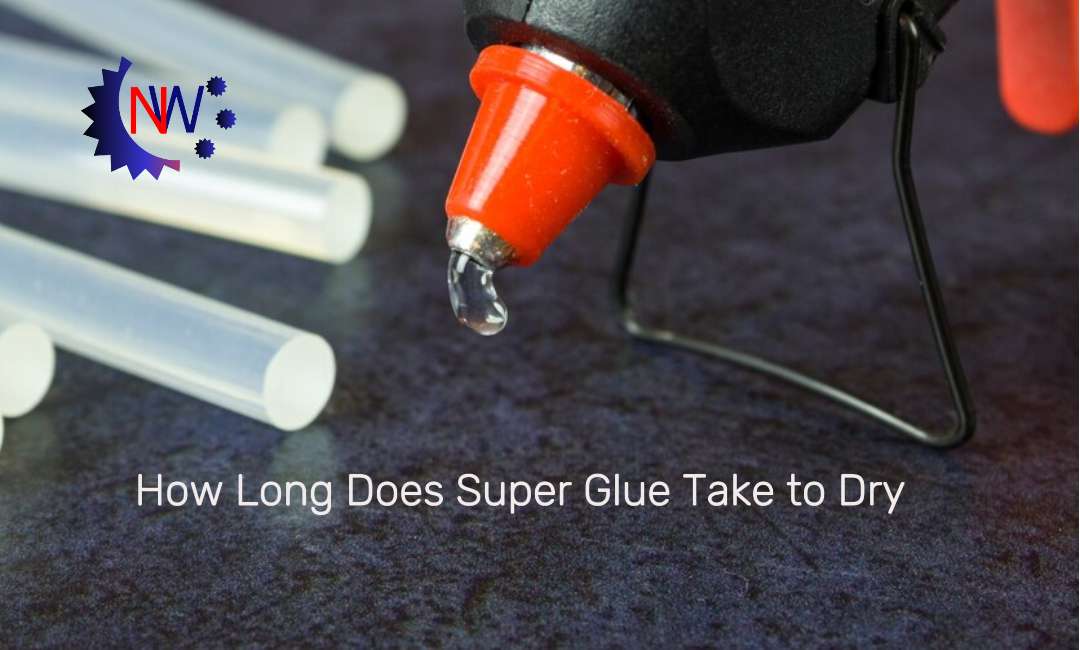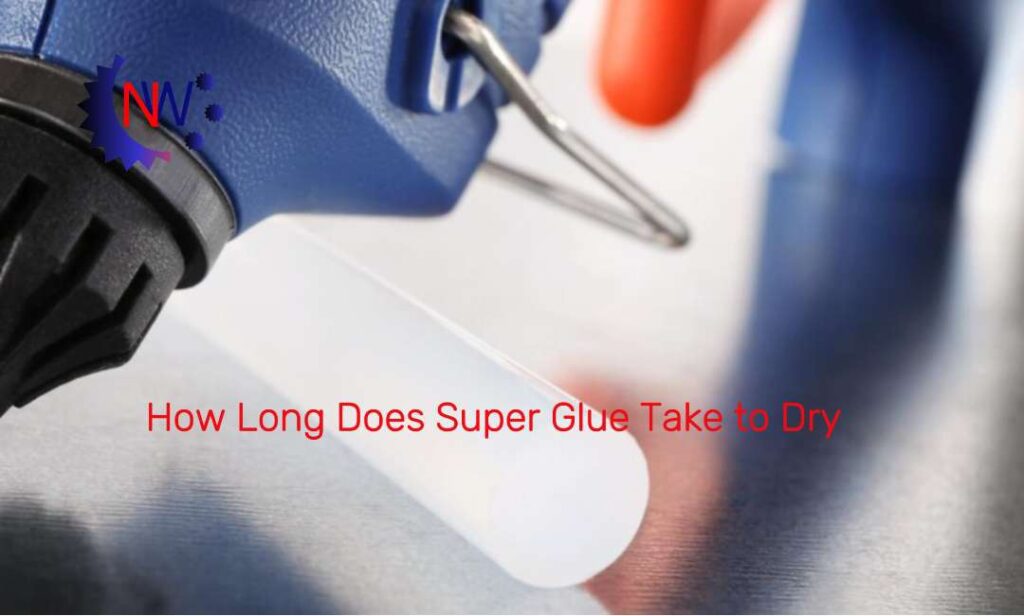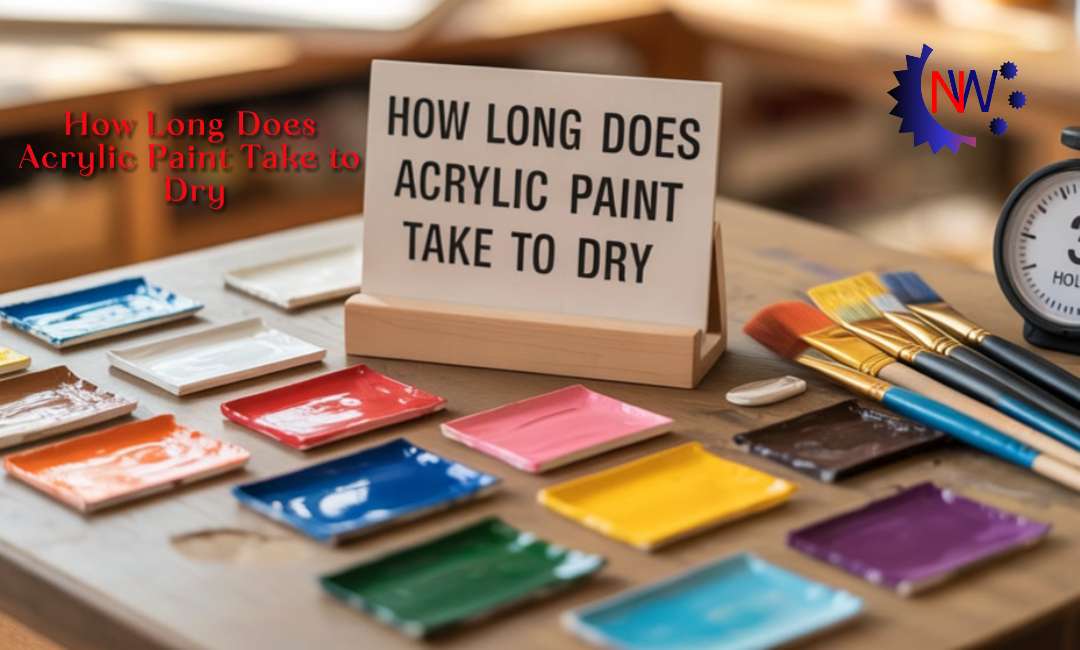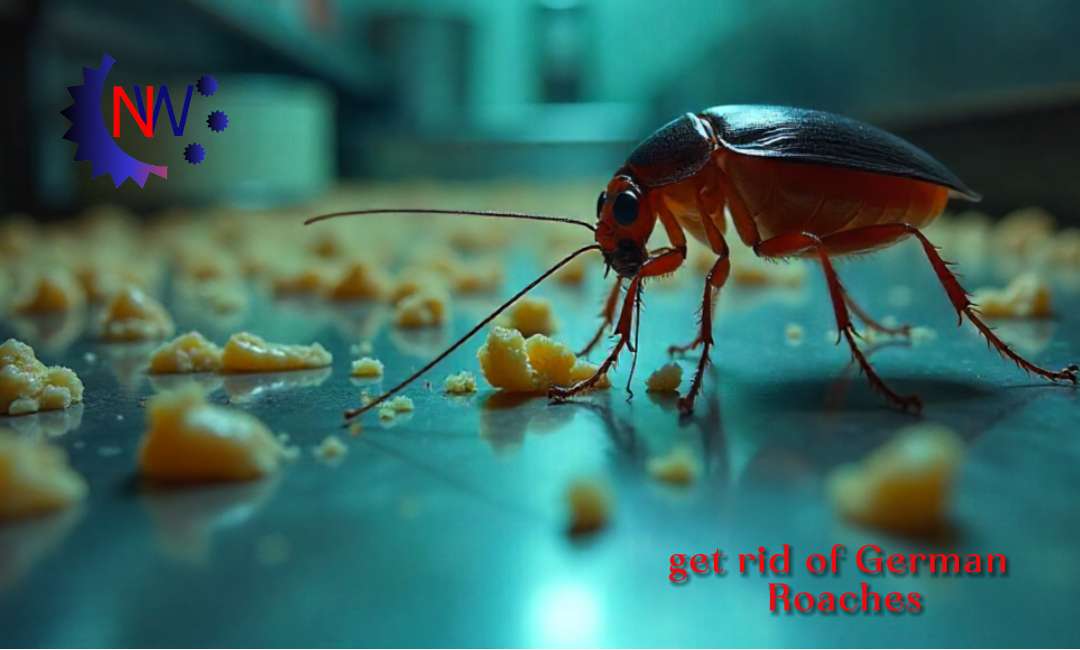How Long Does Super Glue Take to Dry? The Ultimate Guide to Drying, Curing, and Getting the Best Bond

Super glue is a staple in homes, workshops, and even medical kits around the world. Its ability to bond materials quickly and securely makes it a go-to solution for everything from fixing a broken mug to repairing electronics. But if you’ve ever used super glue, you’ve probably wondered: How long does super glue take to dry? The answer isn’t always straightforward, as several factors can influence drying and curing times. In this in-depth guide, we’ll explore everything you need to know about super glue drying times, what affects them, how to speed up the process, and how to get the strongest bond possible.
What Is Super Glue? A Quick Overview
Super glue is the common name for a group of fast-acting adhesives known as cyanoacrylates. These adhesives were first discovered in the 1940s and have since become a household essential. Super glue is prized for its ability to bond a wide variety of materials—including plastic, metal, wood, ceramic, and even some fabrics—within seconds.
How Does Super Glue Work?
Super glue works through a chemical reaction with moisture. When the glue comes into contact with water vapor (even the tiny amount in the air or on surfaces), it rapidly polymerizes, forming strong chains that create a tight bond between surfaces. This is why super glue sets so quickly and why it’s important to use it on clean, slightly damp surfaces for the best results.
How Long Does Super Glue Take to Dry? (The Short Answer)
- Initial set: 10–30 seconds (the glue holds the materials together)
- Handling strength: 5–10 minutes (you can gently move the item)
- Full cure: 12–24 hours (maximum bond strength)
While super glue is famous for its fast initial set, the full curing process takes longer. For most repairs, you can handle the item after a few minutes, but for the strongest, most durable bond, it’s best to wait a full 24 hours.
Drying vs. Curing: What’s the Difference?
Many people use “drying” and “curing” interchangeably, but they’re not the same:
- Drying is when the glue is no longer wet and can hold the materials together.
- Curing is when the glue has reached its maximum strength and durability.
For light-duty repairs, the initial set is often enough. For anything that needs to withstand stress, weight, or moisture, always allow for full curing.
What Affects Super Glue Drying Time?
Super glue’s drying and curing times can vary based on several factors. Understanding these can help you get the best results and avoid common mistakes.
1. Temperature
- Warm temperatures (above 70°F/21°C) speed up the drying process.
- Cold temperatures slow it down, sometimes significantly.
- Tip: If you’re working in a cold garage or basement, try to warm the area or the items you’re gluing (but never use open flames).
2. Humidity
- Super glue needs a bit of moisture to cure. Higher humidity (above 50%) can make it set faster.
- Very dry air (low humidity) can slow down the reaction, making the glue take longer to set.
- Tip: If you live in a dry climate, lightly mist the surfaces with water before applying glue.
3. Amount of Glue Used
- Thin layers dry and cure much faster than thick blobs.
- Using too much glue can actually weaken the bond and increase drying time.
- Tip: Less is more! Apply a thin, even layer for the best results.
4. Type of Surface
- Porous materials (wood, fabric, paper) absorb glue and may set faster.
- Non-porous materials (metal, glass, plastic) may take a bit longer.
- Tip: Clean surfaces thoroughly before gluing. Remove dust, oil, or old adhesive.
5. Air Circulation
- Good airflow helps the glue dry faster.
- Tip: Use a small fan or open a window to improve air circulation.
6. Material Compatibility
- Some materials, like certain plastics (polyethylene, polypropylene), are difficult for super glue to bond. Special formulations are available for these.
- Tip: Check the glue label for material compatibility.
How to Make Super Glue Dry Faster: Pro Tips
If you’re in a hurry, there are several ways to speed up the drying and curing process:
1. Apply a Thin Layer
- The thinner the layer, the faster it dries. Avoid over-applying.
2. Increase Airflow
- Use a fan or hairdryer on a cool, low setting to circulate air around the glued area.
3. Add a Little Heat
- Warm (not hot) air can help. A hairdryer on low or a gentle heat lamp works well.
- Caution: Too much heat can damage the materials or weaken the bond.
4. Add Moisture
- Super glue cures faster with a bit of moisture. Lightly mist the surfaces or breathe on them before applying glue.
5. Use an Accelerator
- Commercial “super glue accelerators” (also called activators) are available at hardware stores. These sprays or liquids can make the glue set almost instantly.
- Tip: Follow the manufacturer’s instructions for best results.click here
6. Clamp the Pieces Together
- Clamping ensures a tight bond and can help the glue set more quickly and evenly.
Brand-Specific Drying Times: Gorilla, Loctite, Krazy Glue, and More
Different brands and formulations of super glue may have slightly different drying and curing times. Here’s a quick comparison of some popular options:
| Brand/Type | Initial Set | Handling Strength | Full Cure |
|---|---|---|---|
| Gorilla Super Glue | 10–30 sec | 1–5 min | 24 hours |
| Loctite Super Glue | 5–30 sec | 1–5 min | 12–24 hours |
| Krazy Glue | 10–30 sec | 1–5 min | 24 hours |
| 3M Scotch Super Glue | 15–30 sec | 1–5 min | 24 hours |
Always check the manufacturer’s instructions for the most accurate information.
Using Super Glue on Different Materials
Super glue is versatile, but drying times and bond strength can vary depending on the material.
Plastic
- Works well on many plastics, but not all. Polyethylene and polypropylene require special formulations.
- Tip: Lightly sand the surface for a better bond.
Metal
- Bonds quickly and strongly. Clean surfaces with rubbing alcohol before gluing.
- Tip: Clamp pieces together for best results.
Wood
- Porous wood absorbs glue, often resulting in a faster set.
- Tip: Use clamps and avoid excess glue, which can seep into the wood grain.
Glass
- Super glue can bond glass, but it may take longer to set. Use a thin layer and allow extra curing time.
- Tip: Avoid flexing the glass until fully cured.
Ceramic
- Ideal for small repairs. Clean surfaces thoroughly before applying glue.
- Tip: For larger breaks, use a two-part epoxy for added strength.
Fabric and Leather
- Super glue can work for small repairs, but it may leave a stiff, visible residue.
- Tip: Use fabric glue for flexible, invisible repairs.
Super Glue Drying Time vs. Curing Time: Why It Matters
It’s tempting to use an item as soon as the glue feels dry, but for the strongest bond, patience is key. Here’s why:
- Drying time is when the glue is no longer tacky and can hold the materials together.
- Curing time is when the glue has reached its full strength and durability.
For repairs that will be under stress, weight, or exposed to moisture, always allow for full curing. This ensures the bond won’t fail when you need it most.visit blog
Frequently Asked Questions About Super Glue
Does Super Glue Dry Clear?
Yes, most super glues dry clear, making them ideal for invisible repairs on glass, ceramics, and plastics.
How Strong Is Super Glue After Drying?
Super glue forms a very strong bond, often stronger than the materials themselves. However, it’s best for small repairs and not for heavy loads or flexible joints.
Is Super Glue Waterproof After Drying?
Most super glues are water-resistant, but not fully waterproof. For items exposed to water or outdoor conditions, look for a waterproof or outdoor-rated adhesive.
Can You Use Super Glue on Skin?
Super glue is sometimes used for minor cuts, but only use medical-grade cyanoacrylate for this purpose. Regular super glue can cause irritation and should be avoided on skin.
How Do You Remove Super Glue?
Acetone (nail polish remover) can dissolve super glue. Use it carefully, as it can damage some surfaces. For skin, soak the area in warm, soapy water and gently peel the glue away.
What’s the Difference Between Super Glue and Epoxy?
Super glue is a single-component adhesive that sets quickly. Epoxy is a two-part adhesive that takes longer to cure but is stronger and more versatile, especially for large or load-bearing repairs.
Can Super Glue Be Used on Food-Contact Surfaces?
No, regular super glue is not food-safe. For repairs on dishes or utensils, use a food-safe adhesive.
Why Isn’t My Super Glue Drying?
Possible reasons include:
- Surfaces are too dry (add a little moisture)
- Too much glue was applied
- The glue is old or expired
- The materials are incompatible

Super Glue Safety Tips
Super glue is safe when used correctly, but it’s important to follow these precautions:
- Work in a well-ventilated area. The fumes can be irritating.
- Avoid contact with skin and eyes. Super glue bonds skin instantly.
- Keep out of reach of children and pets.
- Store in a cool, dry place. Heat and moisture can cause the glue to harden in the tube.
- Wear gloves if possible. This prevents accidental skin bonding.
Super Glue Myths and Misconceptions
Myth 1: More Glue Means a Stronger Bond
- Fact: A thin, even layer creates the strongest bond. Excess glue can actually weaken the joint.
Myth 2: Super Glue Works on Everything
- Fact: Some materials, like certain plastics and very smooth surfaces, require special adhesives.
Myth 3: Super Glue Is Waterproof
- Fact: Most super glues are water-resistant, not waterproof. For outdoor or underwater repairs, use a marine-grade adhesive.
Myth 4: Super Glue Is Permanent
- Fact: While super glue forms a strong bond, it can be broken with force, heat, or solvents like acetone.
Advanced Tips for Super Glue Success
1. Surface Preparation
- Clean surfaces with rubbing alcohol to remove oils and dust.
- Lightly sand smooth surfaces for better adhesion.
2. Storage
- Store super glue upright in a cool, dry place.
- Some people keep it in the refrigerator to extend shelf life (just let it come to room temperature before use).
3. Application Tools
- Use toothpicks or small brushes for precise application.
- Wipe the nozzle after each use to prevent clogging.
4. Repairing Mistakes
- If you accidentally glue something wrong, use acetone to dissolve the bond (test on a hidden area first).
Super Glue in Everyday Life: Common Uses
- Household repairs: Fixing broken ceramics, toys, and appliances.
- Crafts and hobbies: Model building, jewelry making, and more.
- Automotive: Repairing trim, mirrors, and small parts.
- Electronics: Securing wires and components (use sparingly).
- Medical: Medical-grade cyanoacrylate is used for closing small wounds (never use regular super glue for this).
Environmental Impact and Disposal
Super glue is not biodegradable and should be disposed of properly:
- Do not pour unused glue down the drain.
- Allow leftover glue to harden, then dispose of it in the trash.
- Recycle empty tubes if possible (check local guidelines).
Quick Reference Table: Super Glue Drying and Curing Times
| Brand/Type | Initial Set | Handling Strength | Full Cure |
|---|---|---|---|
| Gorilla Super Glue | 10–30 sec | 1–5 min | 24 hours |
| Loctite Super Glue | 5–30 sec | 1–5 min | 12–24 hours |
| Krazy Glue | 10–30 sec | 1–5 min | 24 hours |
| 3M Scotch Super Glue | 15–30 sec | 1–5 min | 24 hours |
Conclusion: Patience Pays Off
How long does super glue take to dry? For most projects, you’ll have a strong initial bond in under a minute, but for the best, most durable results, let it cure for 24 hours. Factors like temperature, humidity, and the materials you’re bonding all play a role in drying time. By following the tips in this guide, you can ensure your repairs are fast, strong, and long-lasting.
Whether you’re fixing a favorite mug, repairing a toy, or tackling a DIY project, understanding how super glue works will help you get the job done right. Always read the instructions, use glue safely, and give your repair plenty of time to cure for the best results.more info




